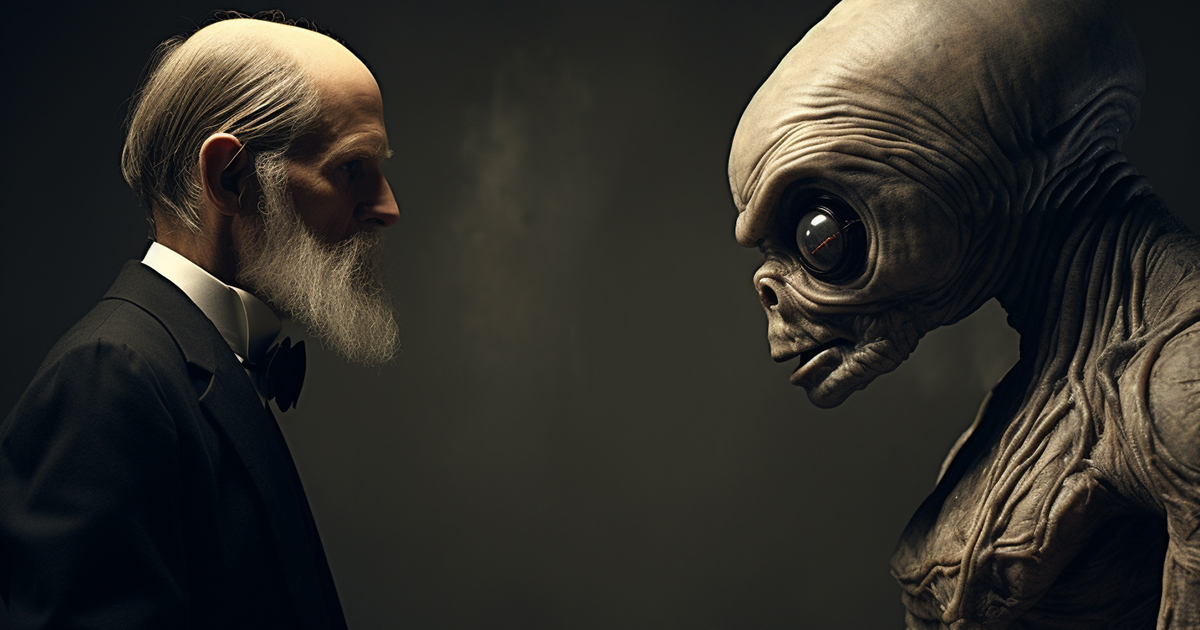Back in 1859, biologist Charles Darwin made waves in the scientific community with his groundbreaking theory of evolution presented in “The Origin of Species.” This theory suggested that gradual changes over generations, driven by natural selection, led to the astonishing array of life forms we observe today. It revolutionized our understanding of nature and had a lasting impact on the scientific field.
Despite the widespread acceptance and solid evidence supporting Darwin’s theory, a new wave of curiosity is sweeping over. Modern intellectuals and scientists are now putting forth compelling data indicating that evolution alone might not fully explain the remarkable diversity of species in today’s animal kingdom.
Consider the case of canines. Despite being officially classified as one species, Canis lupus familiaris, the sheer variety within this species is mind-boggling. From tiny Chihuahuas to giant St. Bernards, and countless breeds in between, the evolution of these canine diversities over a relatively short period raises intriguing questions. How did we transition from a common wolf-like ancestor to the vast spectrum of dog breeds we see today?

A similar puzzle emerges when examining the fossil record. Fossils of giraffes with shorter necks have been discovered, yet the lack of transitional forms in the evolutionary history of these long-necked animals is striking. If the elongation of the giraffe’s neck occurred gradually, numerous physiological adaptations would have been necessary to support such a transformation, including changes in blood pressure, heart structure, and dietary habits. Could all these adjustments have happened suddenly in evolutionary terms?
And here lies the heart of the matter. Supporters of the ancient astronaut theory propose that where traditional evolutionary explanations stumble in elucidating Earth’s biodiversity, a more extraordinary interpretation might be needed. They suggest that the complexity of life on our planet not only hints at intelligent design but also possible extraterrestrial involvement.
To bolster their argument, these proponents draw parallels with the beliefs and practices of ancient civilizations worldwide. They argue that by exploring the accumulated knowledge passed down through diverse societies, subtle hints of external influences might emerge.
While this notion may seem far-fetched to some, it raises fundamental questions about our understanding of the origins of life. Are there aspects of our world that mainstream science has yet to decode? Could there be alternative explanations for the diverse life forms on Earth?
Watch the Video Below:
The ongoing discussion about the origin of species is evolving, with new discoveries and theories challenging established doctrines. Whether one aligns with Darwin’s evolutionary principles or contemplates the idea of more mysterious influences, the pursuit of understanding life on Earth goes beyond mere scientific dogma, urging us all to dig deeper in search of answers.
